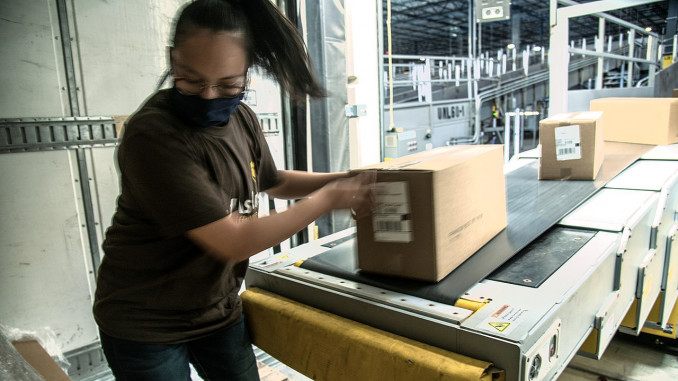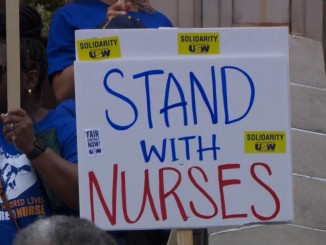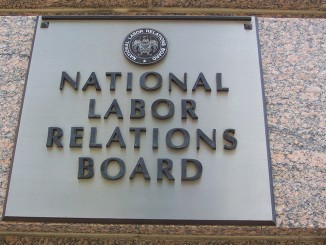
The contract between UPS and workers in the International Brotherhood of Teamsters expires on July 31. It covers more than 340,000 workers, making UPS the largest U.S. company that bargains contracts with a union. UPS is a rich company, far more profitable than any of its competitors, like FedEx, and has become more profitable as the years have passed. Nevertheless, UPS bosses broke off bargaining with Teamsters on July 5 over the union’s demands for increased wages, saying UPS didn’t have the money to give all its workers the raises they need.
No further negotiations are currently scheduled (as of July 12). Last month, UPS workers voted by a large margin to authorize the Teamsters Union leadership to call a strike. Union leaders say they will call a strike on August 1, if by then there is no new agreement.
UPS wants to limit wage increases for full-time workers at top pay to a 6 percent raise over the life of a 5-year contract, far less than the rate of inflation. All UPS workers are pushed hard by UPS, even the full-time drivers who – thanks to lots of compulsory overtime – make a decent wage. But in big cities like San Francisco, even the best-paid UPS workers have a hard time paying their bills, given how the cost of living has increased so much in the last year and continues to rise.
A majority of UPS workers, however, are part-time and they are exploited even more than full-time workers.
For part-time workers, the starting pay in most of the country is $16 per hour, topping out at $20. UPS part-timers, who sort and load packages into the brown delivery trucks, have horrific working conditions, especially in the summer when temperatures in the poorly ventilated warehouses can reach 100 degrees and more. They are not guaranteed more than 3.5 hours of work a day, but with little or no advance notice management can hold them on the job for hours more. Part-timers are demanding a host of improvements, including starting pay of $25 and proportionate wage increases for everyone working there now.
For its part, UPS has stated it won’t put more money on the bargaining table than it has already offered for wage increases. In the barns and the hubs, UPS managers and supervisors are telling each group of workers that a larger raise for them will have to come at the expense of the wages and benefits it has offered to the other classifications. UPS workers should know better than to fall for this divide-and- conquer tactic. Last year UPS made $11.2 billion in profits! They have enough to pay everyone more.
The big corporations have had great success in pushing down the buying power of all wages over the last decade. At the same time, the work we do has generated great gains in wealth for the wealthiest One Percent. UPS’s profits tripled during the pandemic. The top boss, Carol Tome, took home a total of $46.2 million for the years 2021-2022. UPS workers will certainly have that in mind when they vote on whether to accept the stingy wage offer UPS has on the table.
Every day, UPS delivers over 15 million packages in the United States alone. A strike of more than a few days will cause convulsions in parts of the economy that depend on rapid deliveries every day. A strike could cost UPS hundreds of millions per week in lost profits. This means UPS workers have a lot of leverage they can use to get what they want. UPS workers are asking for public support and we all have a stake in how the conflict at UPS turns out. If UPS workers make real gains, it will be a signal to all workers in every part of the economy that it’s possible to stand up to profit-mad corporate bosses and to fight for what we and our families need.




